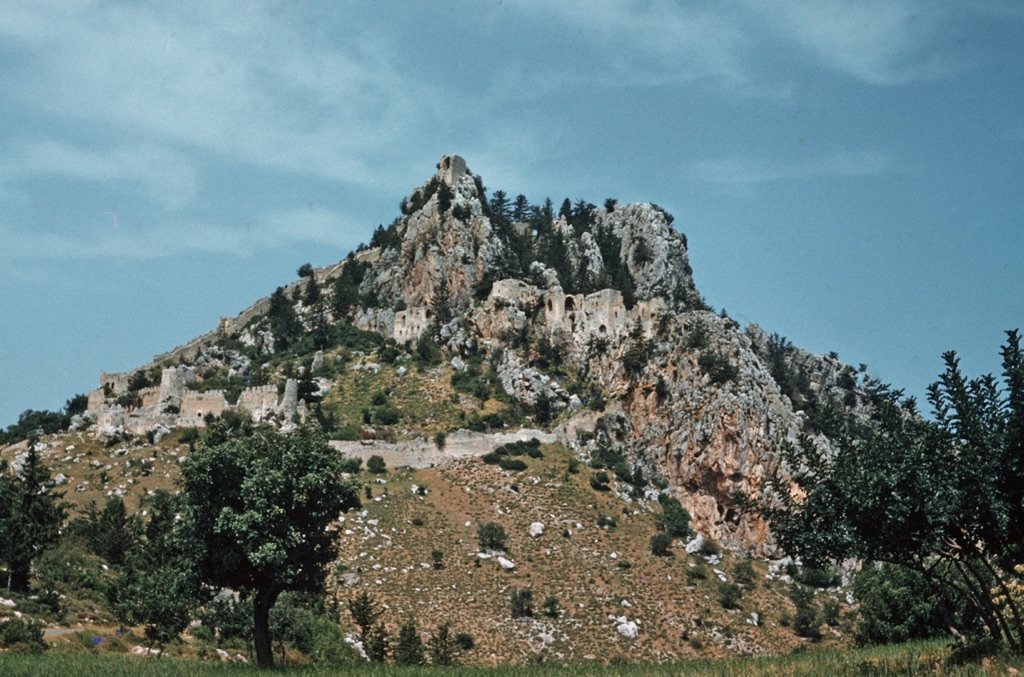Perched atop the Kyrenia mountain range, St. Hilarion Castle is a stunning example of medieval fortification in Northern Cyprus. Its strategic position provided a panoramic view of the island, making it a key defensive stronghold. The castle’s origins date back to the 10th century, and it was named after a monk who allegedly chose the site for his hermitage. Over the centuries, St. Hilarion Castle has been a Byzantine fortress, a royal palace, and an inspiration for fairy tale castles. Its ruins today attract visitors from around the world, eager to explore its history and enjoy its breathtaking views.
Get your dose of History via Email
Historical Background of St. Hilarion Castle
The discovery of St. Hilarion Castle is intertwined with the history of Cyprus. The castle’s exact origins are unclear, but it likely began as a monastery in the 10th century. Its transformation into a fortress occurred during the Byzantine period, as a response to Arab raids. The castle’s name derives from a monk, St. Hilarion, who escaped persecution in the Holy Land. He lived and died in a cave on the mountain, and the site later became a center of Christian pilgrimage.
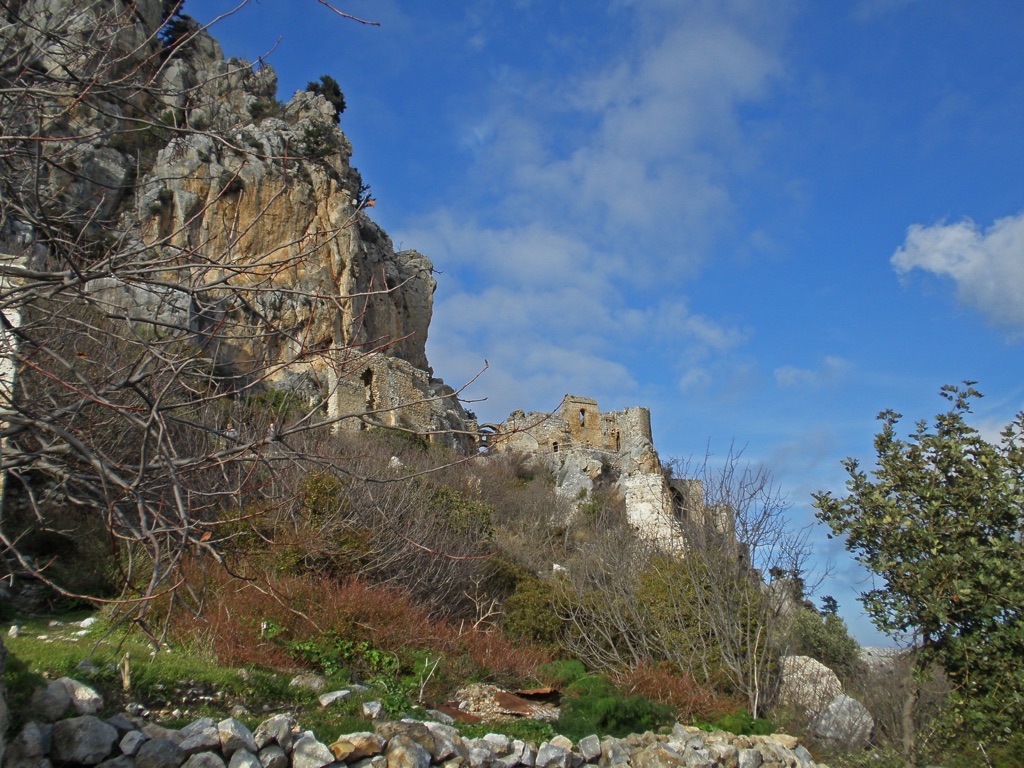
Richard the Lionheart captured Cyprus in 1191, and the island came under the control of the Lusignan family. They expanded the castle, turning it into a royal summer residence and military stronghold. The castle’s most significant period was during the Lusignan dynasty, which lasted until the end of the 15th century. It was during this time that the castle saw major architectural enhancements.
Following the Lusignan period, the Venetians took control of Cyprus. They considered St. Hilarion too difficult to maintain and abandoned it in the 16th century. The castle fell into disuse and eventually became a picturesque ruin. It was not until the British colonial period in the 19th century that the castle gained attention again. British soldiers stationed in Cyprus explored and documented the ruins.
St. Hilarion Castle has witnessed numerous historical events. It served as a lookout point against pirate raids and military invasions. During the Lusignan period, it was a luxurious palace and a key player in the island’s defense system. The castle’s decline began after the Venetian abandonment, but it has remained an important symbol of Cyprus’s medieval heritage.
Today, the castle is a protected site and a popular tourist destination. Its historical significance is recognized by scholars and visitors alike. The castle’s past inhabitants, from monks to kings, have left their mark on its walls, making it a tapestry of Cyprus’s rich history.
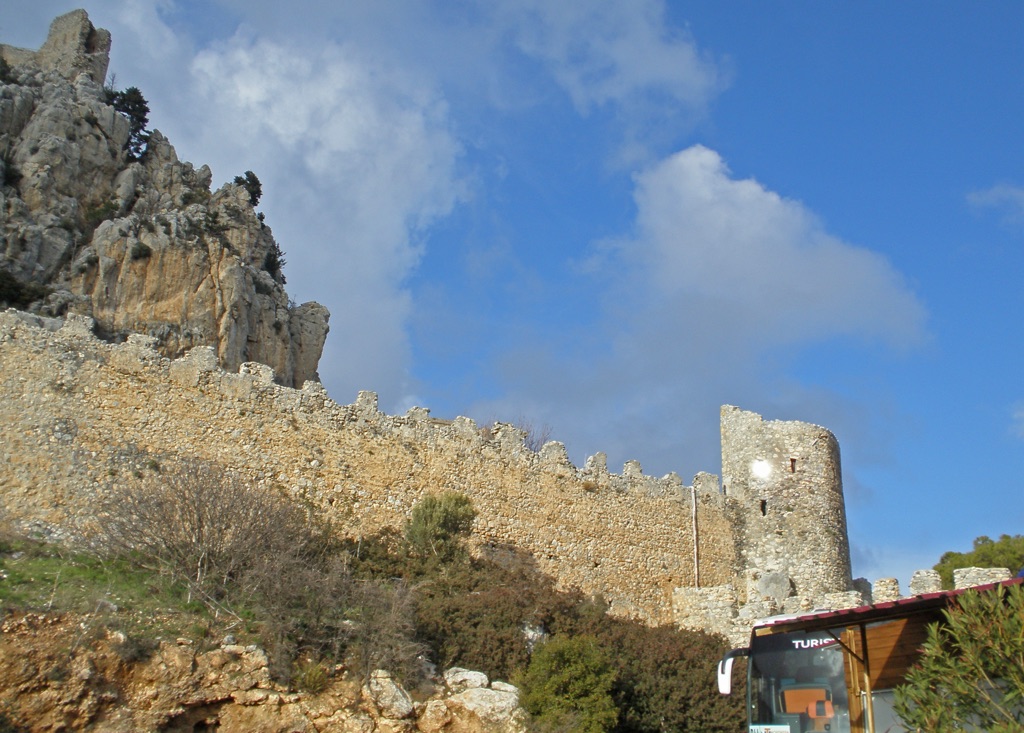
About St. Hilarion Castle
St. Hilarion Castle stands as a testament to medieval military architecture. It is divided into three distinct wards, each serving a different purpose. The lower ward was for the garrison and stables, the middle for the royal family’s living quarters, and the upper for defense. The castle’s design reflects the strategic importance of adaptability in warfare and domestic needs.
The construction of St. Hilarion Castle utilized local limestone, which was readily available in the mountainous region. The builders employed both Byzantine and Gothic architectural styles, indicative of the various cultural influences over the centuries. The castle’s walls and towers were designed to withstand sieges, and its position on the mountain made it nearly impregnable.
One of the architectural highlights of St. Hilarion Castle is the Queen’s Window in the upper ward. This feature is a large window with a seat that offers a commanding view of the northern coast of Cyprus. The royal apartments and the chapel also showcase the Gothic style, with pointed arches and ribbed vaults.
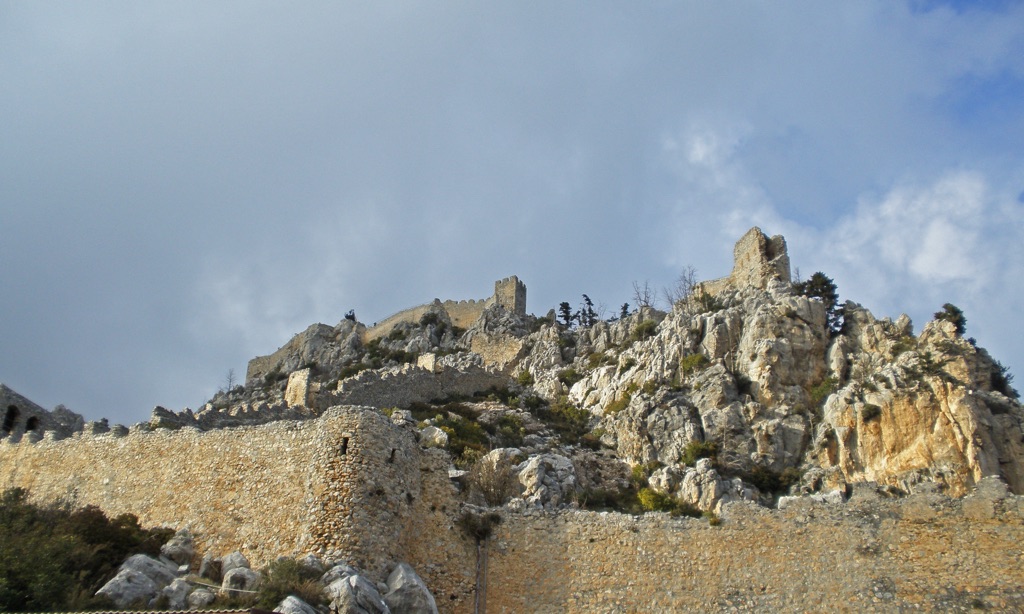
The castle’s water supply was a marvel of engineering. A sophisticated system of cisterns collected and stored rainwater, ensuring the inhabitants could withstand long sieges. The kitchens and royal apartments had fireplaces, a luxury in the medieval period, which provided warmth during the cooler months.
Despite its ruinous state, St. Hilarion Castle continues to impress visitors with its surviving structures. The remains of the royal apartments, the chapel, and the fortifications offer a glimpse into the life of a medieval castle. The site’s preservation allows for ongoing study and appreciation of its historical significance.
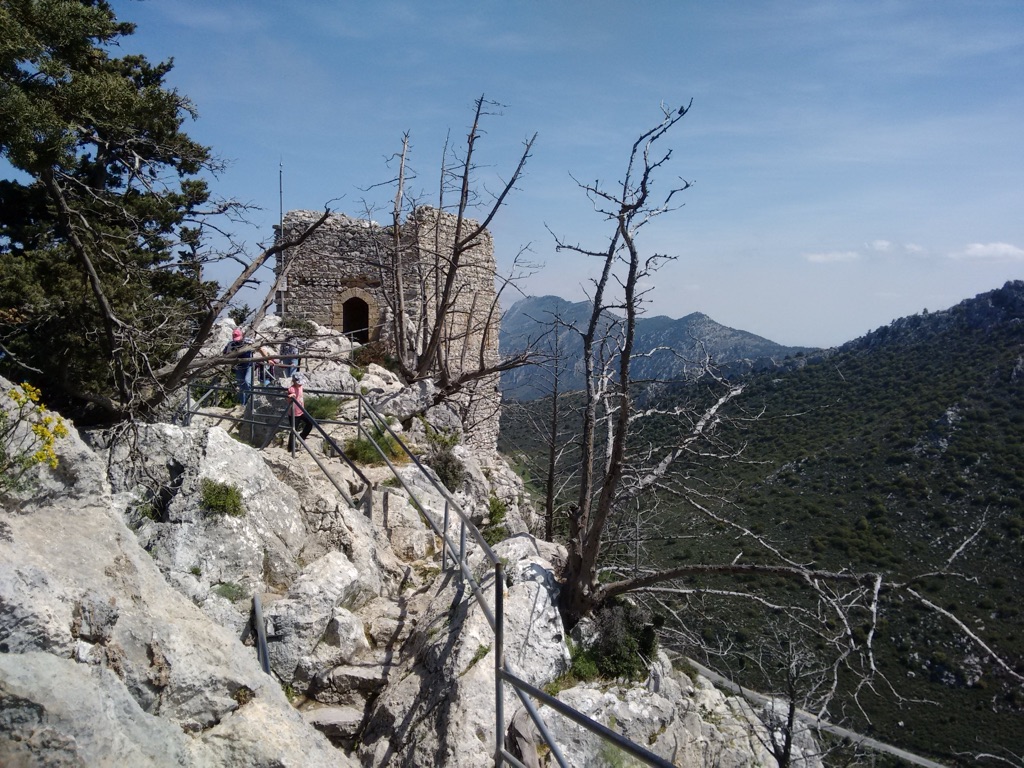
Theories and Interpretations
St. Hilarion Castle has sparked various theories and interpretations over the years. Its fairy-tale appearance is said to have inspired Walt Disney’s design for the castle in Snow White and the Seven Dwarfs. However, this claim is difficult to verify and remains a charming anecdote.
The castle’s original purpose is also a subject of debate. While it clearly served as a military stronghold, some suggest it began as a monastery or hermitage. The presence of a chapel and other religious elements supports this theory, but the exact nature of its earliest days remains a mystery.
Historians have matched parts of the castle to historical records, but gaps in the documentation leave room for interpretation. The luxurious aspects of the royal apartments suggest a dual role for the castle as both a fortress and a royal residence. The presence of large kitchens and stables indicates it could support a significant number of inhabitants.
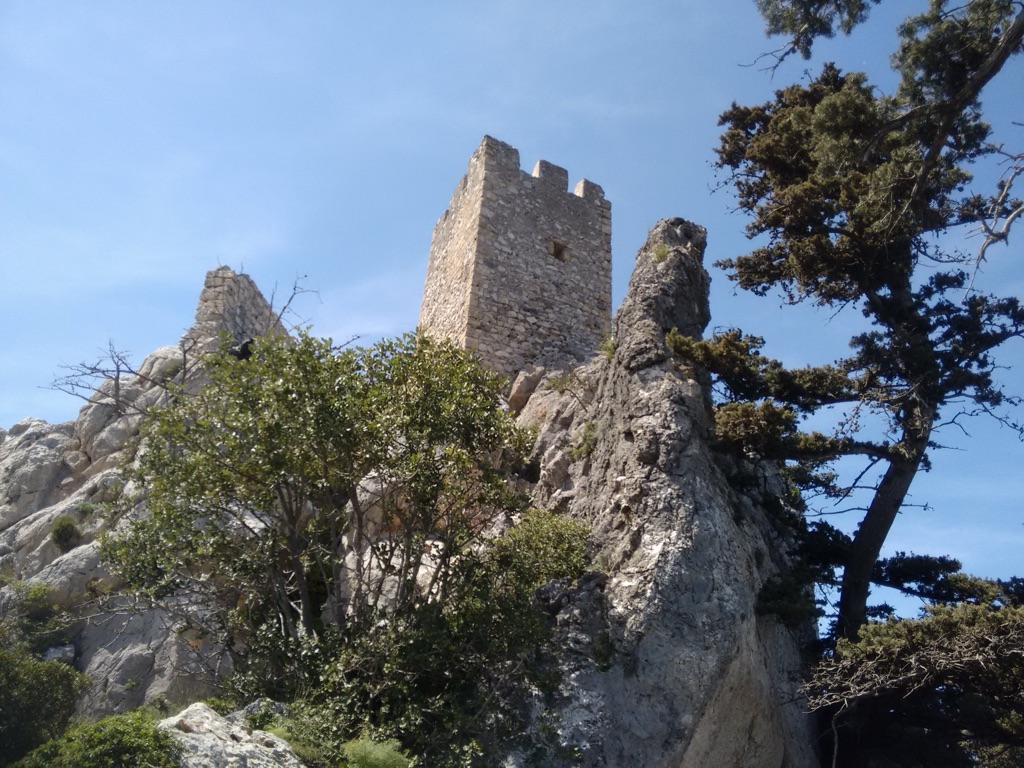
Dating the various sections of the castle has been carried out using architectural styles and historical records. The lower ward is the oldest, dating back to the Byzantine era, while the upper ward features later Gothic additions from the Lusignan period. Carbon dating and other modern techniques have yet to be extensively applied to the site.
The castle’s abandonment by the Venetians led to numerous legends about hidden treasures and secret tunnels. These stories add to the castle’s mystique but have not been substantiated by archaeological evidence. The site continues to be a focus of historical and archaeological interest, with new discoveries still possible.
At a glance
Country: Cyprus
Civilization: Byzantine, Lusignan, Venetian
Age: 10th century AD
Conclusion and Sources
Reputable sources used in creating this article:

